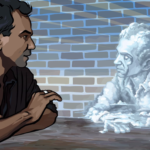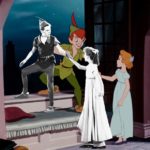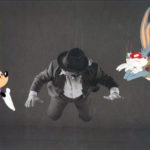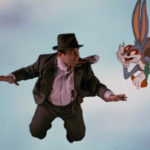Photoshop Rotoscope Project:
Use Photoshop to ‘Rotoscope’ a video and create a unique animation.
Use Video Layer animation to rotoscope (trace) a video of a person moving, or doing some sort of action. Experiment with Photoshop Brushes, colors and effects. Possible Projects: Rotoscope a walk, run, or sports action. Trace a character/person from a video and modify them with your own style or Experiment!
*YOUR SOURCE VIDEO MUST BE A PERSON or ANIMAL not an animation or 3d rendering
Requirements:
1080×1080 pixels
3 seconds (or more but be careful it might crash).
The animation must be inspired by the 12 principles.
MAKE SURE TO SAVE AS PSD WHILE YOU WORK!
Export to Lastname_Photoshop_rotoscope_mask.mp4 file Or Make a GIF
Method:
1. Download a short video of a person/action/movement that you would like to use as your source material for rotoscoping. Make sure to save it in a folder named Rotoscope Project.
2. Open Photoshop, create a new document File>New> Film&Video> 1080×1080 pixels
3. Place your dowloaded video, File >Place Linked. Look at Window>Timeline and adjust the video’s length and placement. When you are done LOCK this layer.
4. Go to Layer>Video Layer>New Blank Video Layer. This will add a video layer above your source video.
5. Use your brush tools to trace your source video. You may need to duplicate frames, if so go to Layer> Video Layer> Duplicate Frame you can also delete layers by going to Layer>Video Layer>Delete Frame.
6. Save as .PSD as you work. when you are done you can turn off the source video layer, you know have your rotoscope!
Examples:
Student Examples : rotoexamp
Source video : skater
Example with Source Video and Rotoscoped Video:
Rotoscoping was invented in 1915 by animator Max Fleischer. The technique allowed Animators to trace films and create life like animations.
Disney would later copy this technique and use it in films such as Snow White, Peter Pan and Cinderella.
In recent times Richard Linklater has created two films Scanner Darkly and Waking Life using digital techniques that are similar to the rotoscoping idea.





